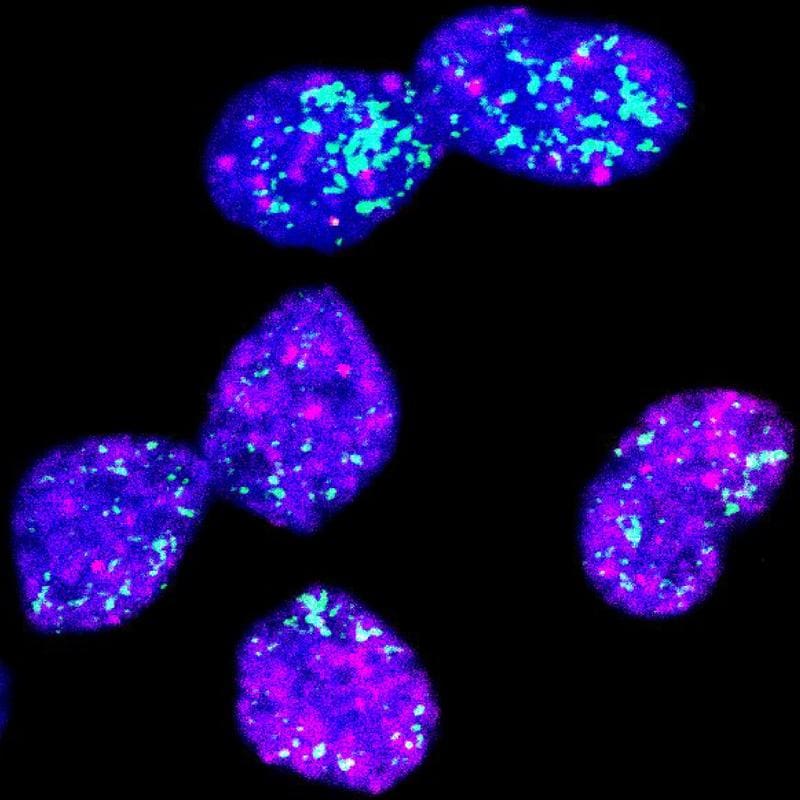New therapeutic approach against aggressive neuroblastomas discovered
Neuroblastoma, one of the most common cancers in children, is considered difficult to treat, especially if it grows aggressively. A research team from the Experimental and Clinical Research Center (ECRC), a collaboration between Charit├® ŌĆō Universit├żtsmedizin Berlin and the Max Delbr├╝ck Center, has now deciphered a crucial mechanism that explains the resistance of these tumors. In the journal “Cancer Discovery”, the scientists present an innovative therapeutic approach that also attacks particularly resistant tumor cells.
Neuroblastomas arise from cells of the sympathetic nervous system and occur mainly in children under the age of five. While about half of these tumors regress spontaneously, others grow very quickly and often do not respond permanently after initial response to chemotherapy. Particularly aggressive neuroblastomas are characterized by an increased number of the oncogene MYCN . The researchers found that the localization of this gene is crucial: If MYCN is not located on the chromosomes but on small, ring-shaped DNA molecules, tumor cells can protect themselves from the effects of chemotherapy by a dormant state.

The scientists developed a method to distinguish tumor cells with many MYCN copies from those with few copies. They found that aggressive cells with many copies of MYCN are destroyed by chemotherapy, while cells with few copies fall into a dormant state. These “senescent” cells can later become active again and trigger a relapse of the disease. In the mouse model, it was shown that a combination of chemotherapy, which attacks the aggressive cells, and a specific active ingredient against the sleeping cells, makes the treatment much more effective.
The study, in which international research teams were involved, underlines the importance of interdisciplinary cooperation. In addition to the ECRC, experts in spatial proteomics and members of the Cancer Grand Challenges consortium, funded by Cancer Research UK and the National Cancer Institute, were involved. The new approach could be relevant not only for neuroblastomas, but also for other tumors with extrachromosomal DNA, such as certain brain tumors.
The researchers are now planning to search specifically for active substances that effectively fight dormant tumor cells in human tissue without damaging healthy cells. This approach could significantly improve treatment options for affected children in the future.
Original Paper:
Editor: X-Press Journalistenb├╝ro GbR
Gender Notice. The personal designations used in this text always refer equally to female, male and diverse persons. Double/triple naming and gendered designations are used for better readability. ected.




